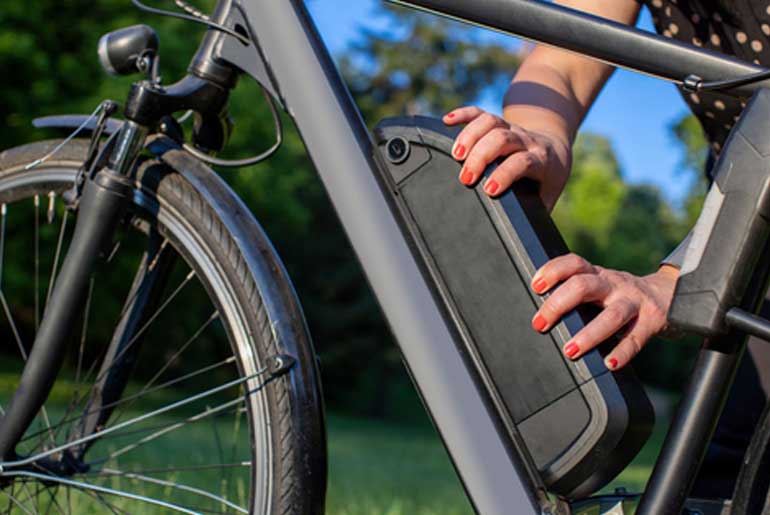UL Solutions, has started a new certification and testing program for battery containment enclosures, such as the charging and storage cabinets that are becoming more and more common on city sidewalks and in apartment complexes. The goal of this project is to address the growing safety concerns about lithium-ion batteries, which have been connected to fire dangers and are utilized in e-bikes. UL Solutions aims to improve public safety and encourage responsible battery management as the usage of e-mobility devices keeps increasing by defining safety standards and certification procedures.
Fire departments, including the Fire Department of the City of New York (FDNY), support safety-certified battery containment enclosures because they can prevent fire and other hazards related to thermal runaway. These enclosures are becoming more and more popular for use with e-bikes and other micromobility products. In order to further reduce safety hazards, UL Solutions also introduced services for micromobility charging devices.
Battery containment enclosures, which are made with safety precautions to prevent battery thermal runaway fires and gasses, sometimes have a cabinet-like appearance. Despite following the manufacturer’s recommended maintenance and usage guidelines, they may be used to store and charge batteries, such as those found in e-bikes and power tools, and they can also assist protect others around in the case of a thermal runaway or battery fire.
“The use of e-bikes is on the rise, and new products enter the market daily that tap the convenience and sustainability of batteries,” stated Dr. Robert Slone, senior vice president and chief scientist at UL Solutions. “Our new battery containment enclosure and micromobility charging equipment engineering evaluation, testing and certification services can help reduce the risks associated with the storage and charging of lithium-ion batteries and devices.”
Battery containment enclosures are tested and evaluated by UL Solutions in accordance with UL 1487, the Standard for Battery Containment Enclosures, which is a binational standard for both the US and Canada. The FDNY Hazmat Command was instrumental in the creation of this paper.
“It’s really important to have third-party experts test and certify battery containment enclosures and micromobility charging equipment to make sure they meet safety standards,” stated Chief of Fire Prevention Thomas Currao, FDNY. “For battery enclosures especially, this kind of testing shows they can contain dangerous situations like thermal runaway, which will help stop fires or explosions from spreading.”
These tests evaluate a battery containment enclosure’s ability to withstand battery thermal runaway events, including fire, explosion and shrapnel. Thermal runaway occurs when the lithium-ion battery enters an uncontrollable self-heating state that can produce fire, flammable and toxic smoke, and extremely high temperatures while ejecting harmful particulates.
“That kind of protection matters, whether it’s in an apartment building, office or industrial space,” Currao attached. “Choosing certified equipment means we’re taking smart steps to prevent battery hazards and make our city safer for the public and for our members.”
Micromobility charging equipment is assessed and tested by UL Solutions in accordance with UL 4900, the Standard for Micromobility Charging Equipment, which is a binational standard for both the US and Canada. The dangers of electric shock and fire associated with the charging infrastructure are covered by this standard.



